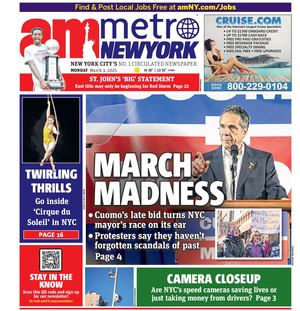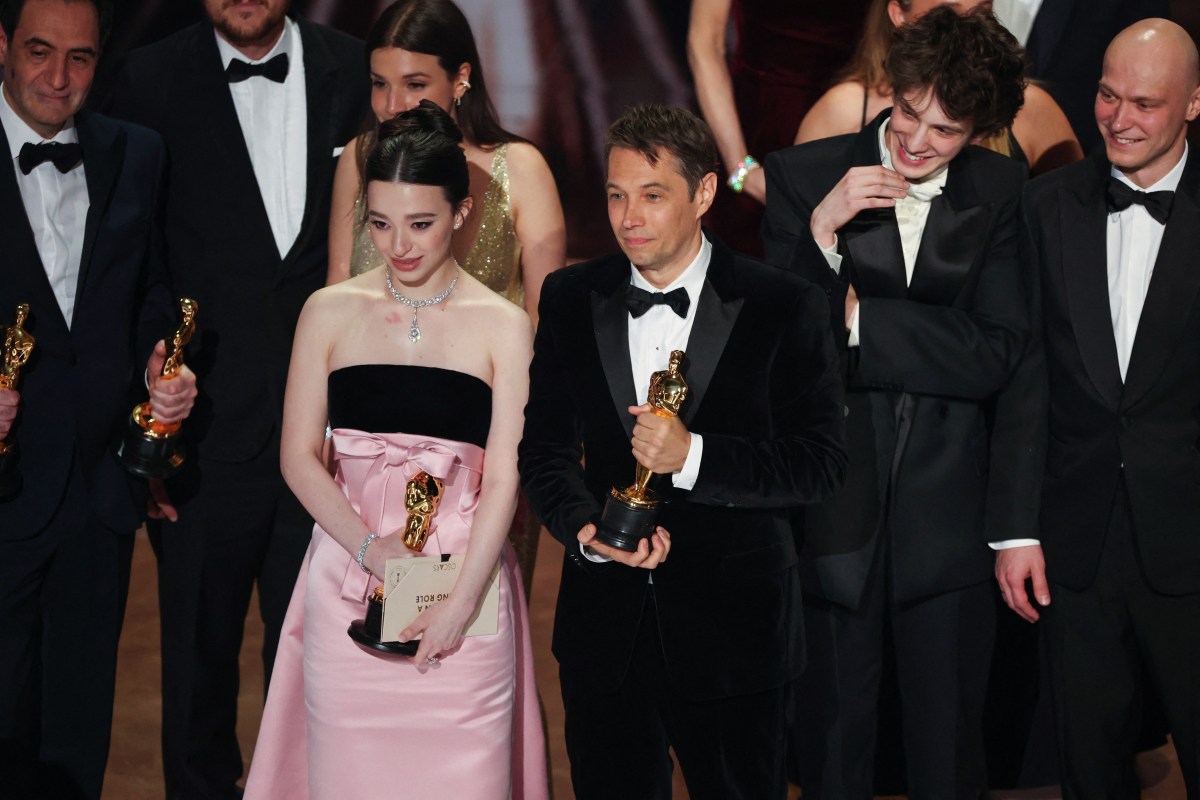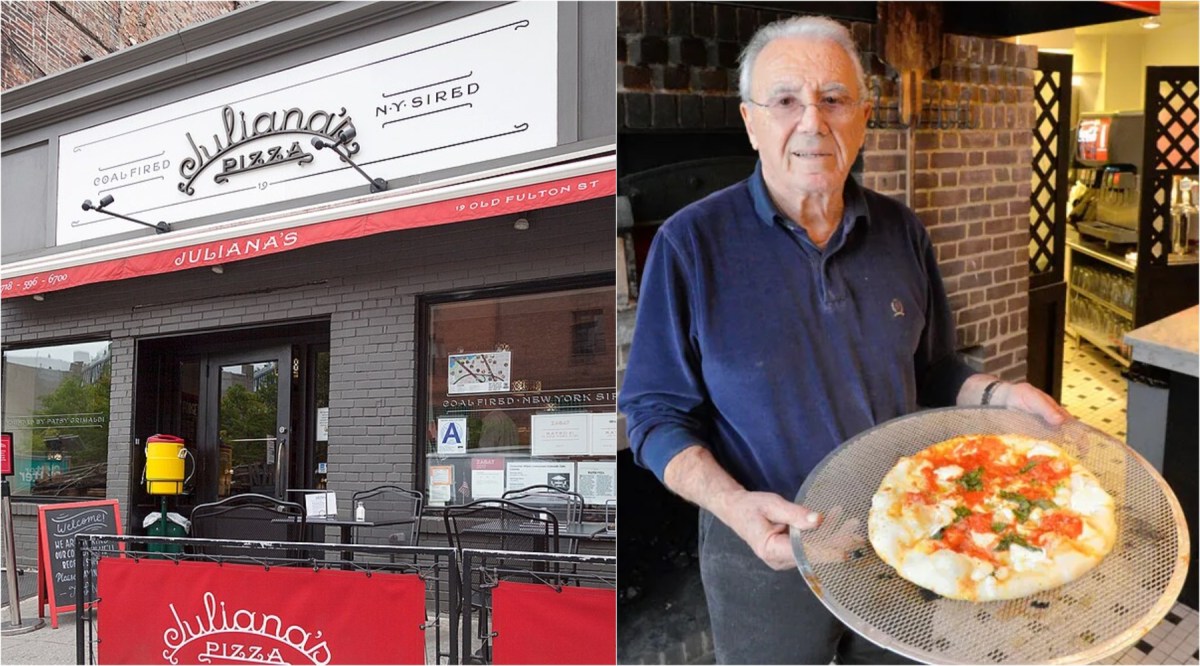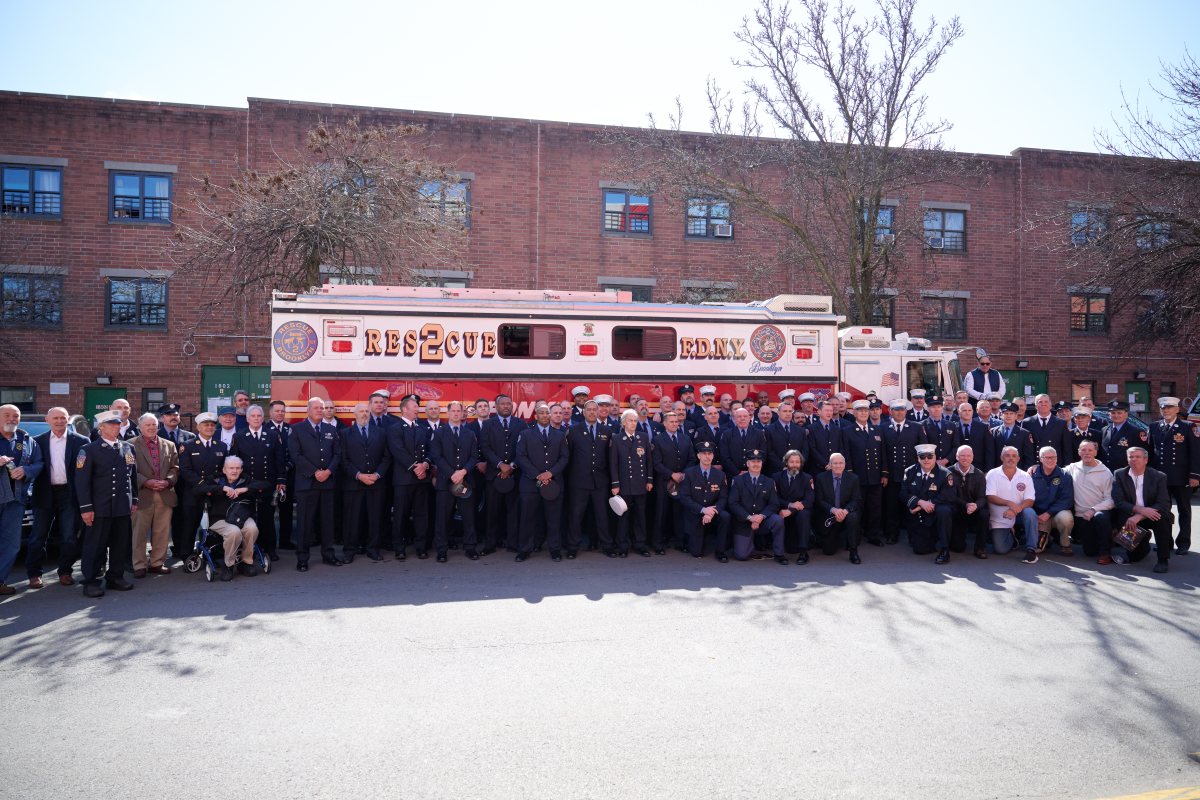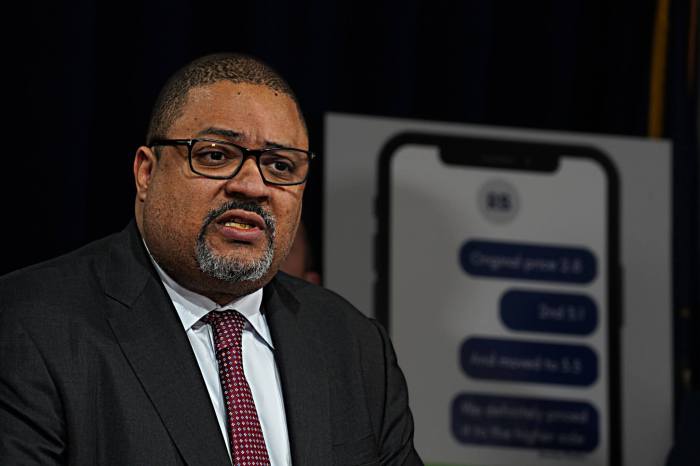In theory, six weeks is a long enough stretch where the New York Mets could turn things around and resemble the World Series contender they were supposed to be heading into the 2023 season.
But these Mets seemingly can’t get out of their own way, finding new and mystifying ways to lose ballgames in a season that is projected to be one of the most disappointing campaigns ever in the franchise’s 61-year history.
New York had won just one of its last eight series while going 8-15 since May 23 — most recently dropping two of three to the struggling St. Louis Cardinals over the weekend at Citi Field. Entering Monday night’s series opener against the defending champion Houston Astros, the Mets are five games under .500, sit in fourth place in the National League East 12.5 games back of the Atlanta Braves, and have just a 12.6% chance to make the postseason.
At this point, it’s a spectacular failure of general manager Billy Eppler to have a roster riddled with holes despite owning the largest payroll in Major League Baseball history — and logic suggests that MLB’s trade deadline in six weeks (Aug. 1) is the last chance to save his job if it isn’t already set in stone that he won’t return.
Pair that with preseason expectations and it would be surprising to see the Mets act as sellers at the deadline.
Here we take our first look at the Mets inching toward the 2023 MLB trade deadline.
What do the Mets need?
Starting pitching
The Mets are still desperate for legitimate starting pitching despite making the biggest free-agent signing of the winter by bringing in reigning AL Cy Young Award winner Justin Verlander to pair with Max Scherzer. But the pitfalls of having two veterans co-acing the staff — Verlander is 40 and Scherzer is 38 — came to fruition this season.
Verlander missed the first month of the season with a shoulder strain and is still battling to find his consistency in Queens while Scherzer has dodged some injury issues of his own, was suspended 10 games after failing a sticky-stuff check, and struggled to find some of his most important pitches.
Over a combined 19 starts this season, Scherzer (4.45) and Verlander (4.40) own an ERA of 4.42, forcing Kodai Senga — who continues to adjust to life in North America after an 11-year career in Japan — to serve as the team’s ace.
While they wait for the return and team debut of Jose Quintana after he underwent surgery to remove a benign lesion from his rib in March, the Mets haven’t gotten nearly enough from Carlos Carrasco (6.34 ERA) or Tylor Megill (4.83 ERA).
Bullpen help
The Mets’ bullpen is also in desperate need of legitimate depth after Eppler whiffed on finding another reliable arm when star closer Edwin Diaz went down with a torn patellar tendon at the World Baseball Classic.
David Robertson has performed admirably as the spot closer, but Adam Ottavino continues to struggle in high-leverage situations as evident on Sunday when he gave up the game-losing round-tripper to Nolan Arenado in the ninth inning.
There isn’t much else that manager Buck Showalter can rely on after that outside of lefty Brooks Raley, who is sporting a 2.96 ERA. He and Robertson (1.72) are the only Mets relievers with an ERA under 3.00 and with more than 10 innings pitched.
A legitimate DH
The hope is that Daniel Vogelbach’s mental break earlier this month can get him back on track, but the Mets have to scour the market for a dangerous bat to add to their ranks.
Pete Alonso accounts for 25.8% of the Mets’ home runs this season and he is one of only three qualified batters with an OPS over .800. Their 316 runs this season ranks 10th out of 15 teams in the National League, their team OPS (.717) is tied for 10th, and their team batting average is 13th (.240).
A serviceable designated hitter lengthens the Mets’ lineup and provides a bit more protection for the likes of Francisco Lindor and Jeff McNeil, both of whom have struggled to find their stride from last season. Even Alonso was batting below .230 heading into Monday night’s play.
Who could be on the market?
The White Whale: Shohei Ohtani
Ohtani’s expiring contract at the end of this season makes him the big name to watch at the trade deadline, but the Angels might be keen on keeping him through the end of 2023. At just 4.5 games out of first place in the AL West, Los Angeles could be on the verge of breaking a nine-year playoff drought to finally get Mike Trout back in the playoffs and give Ohtani his first taste of October baseball.
The general consensus has been that if the Angels were competitive and winning, Ohtani would be more inclined to stay, but is it too little too late? If he gives the organization clarity on his plans this offseason, he could still be on the move.
Granted, it will take a king’s ransom to swing a trade for him and the Mets have maintained that they don’t want to deplete their slowly-improving farm system. Because it would take most of their top prospects to get Ohtani when they could potentially wait for the winter and simply outbid the world for him.
If that day does come that the Mets do find a way to acquire the superstar, he ticks off both boxes of need at the plate and on the mound.
Notable starting pitchers: Lucas Giolito, Shane Bieber
Giolito, a 28-year-old right-hander, has stabilized this season after a difficult 2022 showing in which he posted a 4.90 ERA. In 15 starts this year, he’s 5-4 with a 3.54 ERA and a 1.239 WHIP. With his contract up at the end of the season and the Chicago White Sox flirting with the idea of a roster overhaul, he’s one of the top arms on the market.
Another 28-year-old right-hander out of the AL Central, the Cleveland Guardians’ Shane Bieber has come back down to earth a bit after an impressive start this year and a sterling campaign last season (13-8, 2.88 ERA, 1.040 WHIP).
He has a 4.57 ERA over his last seven starts after going 3-1 with a 2.61 ERA in his first eight outings of 2023. His strikeout rate has dropped significantly (14.2/9 IP in 2020 to 6.5 this year) and his WHIP is up to 1.221.
It raises questions on whether or not the Guardians will want to commit long-term money to him and a 33-38 start could prompt them to take calls.
Non-Ohtani DH options: Joc Pederson, Brent Rooker
Pederson is back from a hand injury that sidelined him for about a month and has seen his power dip a bit since then. After hitting five home runs in his first 26 games of the season, he has two in his last 11.
Regardless, the 31-year-old lefty is averaging 16.5 at-bats per home run, which would rank 17th in all of baseball if he was qualified, but he only has 140 plate appearances this season.
This would bring the Mets another power threat, but the left-handed stick could open up the same illusions of a DH platoon that failed so spectacularly last season with Vogelbach and Darin Ruf. After all, Pederson has had just 13 plate appearances against lefties this season.
Across the bay in Oakland, the lowly Athletics should get some calls on Brent Rooker, who is batting .255 with an .846 OPS, 13 home runs, and 38 RBI this season. While Pederson doesn’t qualify on the aforementioned list, Rookier actually ranks 17th in baseball with 16.62 at-bats per home run this year.
The career year for the 28-year-old undoubtedly will garner interest, but considering his limited production across his first three seasons in the majors, the asking price for Rookier might not be all that high.
For more on the Mets, visit AMNY.com
